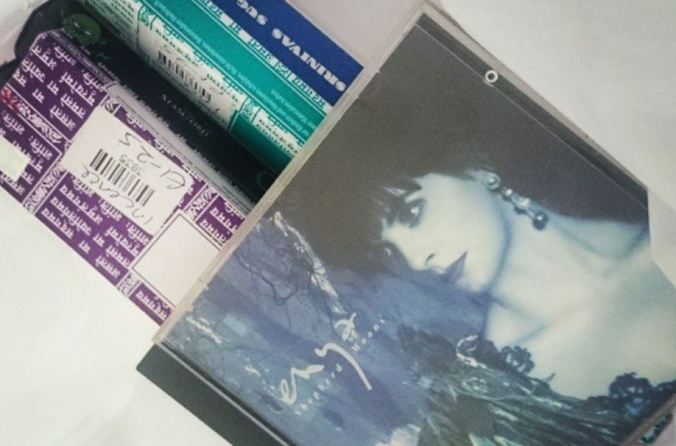The second album to win the Grammy for Best New Age Recording will certainly take you places. You might not necessarily enjoy the journey, but the destination is bliss.
The late Yusef Lateef was a worldly innovator, a boundary-breaker who never once rested on his laurels. He didn’t so much book studio time as set himself new challenges – fresh fusions to try, fresh frontiers to conquer. His body of work is an ocean of sound, and I’m still paddling in the shallows.
Up until very recently, I’d only heard one of his albums: 1957’s Before Dawn, which I acquired through Jonny Trunk’s astoundingly generous 50p Friday initiative. Trunk describes Before Dawn as “one of the greatest jazz records of all time.” And while I don’t think I’d count it among my very favourites, its irresistibly groovy progressive bop sounds are often exactly the sort of sounds I want to hear.
30 years after Before Dawn, Yusef Lateef would win the Grammy Award for Best New Age Recording for Yusef Lateef’s Little Symphony. As a band leader, it was at least his 37th album. It also seems it was the last record he ever put out.
To go straight from the warm and organic Before Dawn to the austere and paranoid Little Symphony was a bit of a shock. I can only imagine the adventures that took place between his late 50s cool and his late 80s visionary period. I’ve got a lot of listening to do!
But first, let’s munch over the mysterious odyssey that won the New Age Grammy in 1988.


